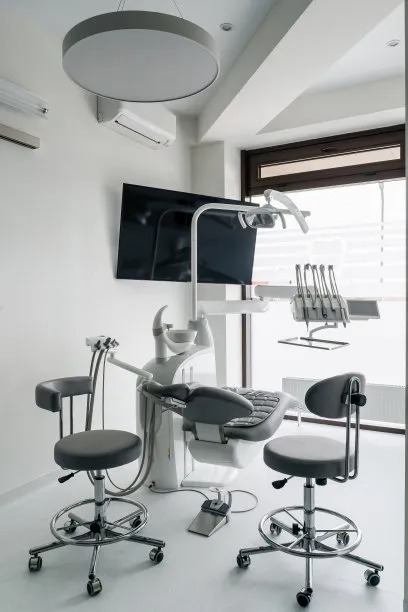Understanding the Process and Importance of Extracting a Tooth for Optimal Dental Health
Summary: Extracting a tooth is often seen as a last resort in dental health, but it can be a crucial part of maintaining optimal oral hygiene. This article delves into the importance of tooth extraction, outlining the reasons behind the procedure, the process involved, potential risks and complications, and the aftercare required for recovery. Understanding these aspects not only aids in making informed decisions regarding your dental health but also highlights the necessity of seeking professional advice when faced with severe dental issues. By emphasizing the importance of timely intervention, this article aims to guide readers on their journey to a healthier smile.
1. Reasons for Tooth Extraction

Tooth extraction may be necessary for various reasons, primarily related to dental health. One major reason is dental decay, where cavities can lead to severe infection if left untreated. When the decay progresses beyond restoration capabilities, extraction becomes the best option to prevent the infection from spreading to neighboring teeth.
Another common reason for tooth extraction is overcrowding. In order to make space for orthodontic treatment, dentists may recommend removing one or more teeth. This can provide the necessary room for the remaining teeth to align properly, ensuring a healthy bite and smile.
Furthermore, impacted wisdom teeth are often extracted when they do not have enough space to emerge properly, which can cause pain, swelling, or infection. In such instances, removing the impacted wisdom tooth can alleviate these issues and prevent future complications.
2. Understanding the Extraction Process
The tooth extraction process begins with a thorough examination by a dentist or oral surgeon. They will assess the condition of the tooth via X-rays and determine the best method for extraction. Depending on the complexity, the procedure can be straightforward or surgical.
During a straightforward extraction, local anesthesia is administered to numb the area. The dentist then uses special tools to loosen the tooth and remove it. Surgical extractions, more complicated cases often involving impacted teeth, may require sedation and a more invasive approach, where the gum tissue is cut, and bone may need to be removed.
Post-extraction, it is crucial to follow the dentist’s instructions for care. Pain management, swelling reduction, and medication compliance are all essential for a successful recovery. Knowing what to expect and how to manage the aftermath of extraction helps ease anxiety and aids in healing.
3. Risks and Complications of Extraction
While tooth extraction is a common procedure, various risks and complications can occur. One potential risk is infection at the extraction site. Proper hygiene and aftercare are critical to reducing this risk, as bacteria can enter through the open wound if not monitored.
Another concern is dry socket, a painful condition that occurs when the blood clot at the extraction site becomes dislodged or fails to form, exposing bone. Understanding the signs and symptoms of dry socket can prompt timely treatment, thus alleviating pain and promoting proper healing.
Additionally, there is always a potential risk of damage to neighboring teeth or surrounding structures during extraction. This emphasizes the importance of selecting experienced dental professionals to minimize such risks.
4. Aftercare for Optimal Recovery
After a tooth extraction, post-operative care is essential for optimal recovery. Patients are advised to follow specific guidelines, such as resting and avoiding strenuous activities for at least 24 hours. This allows the body to begin healing and reduces the risk of complications.
Managing pain and swelling is also crucial. Dentists commonly recommend over-the-counter pain relievers, ice packs, and specific dietary changes, such as consuming soft foods, to ease discomfort during the recovery period.
Moreover, maintaining good oral hygiene is still vital. Although patients should avoid brushing the extraction site directly, gentle rinsing with saltwater can help keep the area clean and promote healing.
Summary:
In conclusion, understanding the tooth extraction process is vital for maintaining optimal dental health. Recognizing the reasons for extraction, the detailed process, potential risks, and essential aftercare highlights the complexity of dental procedures and the importance of professional care. By developing a greater awareness of these aspects, individuals can make informed decisions concerning their oral health.
This article is compiled by Vickong Dental and the content is for reference only.


